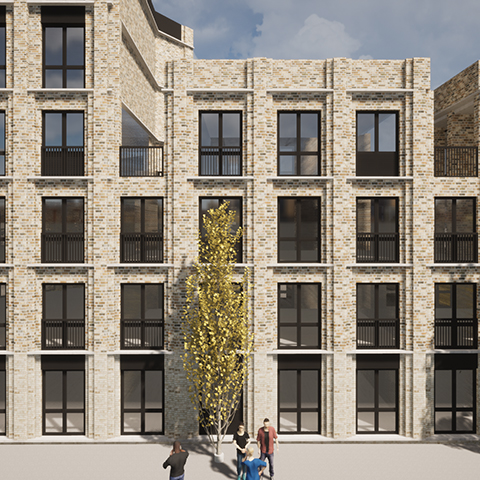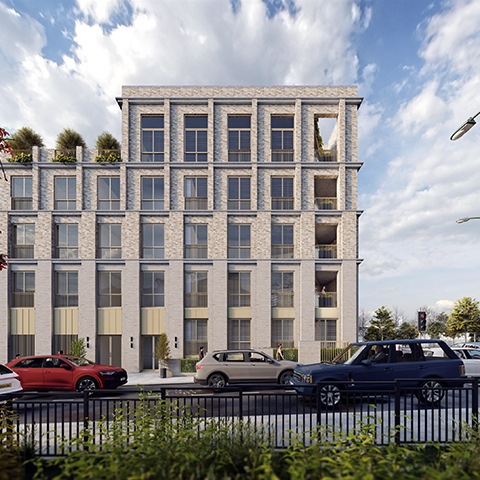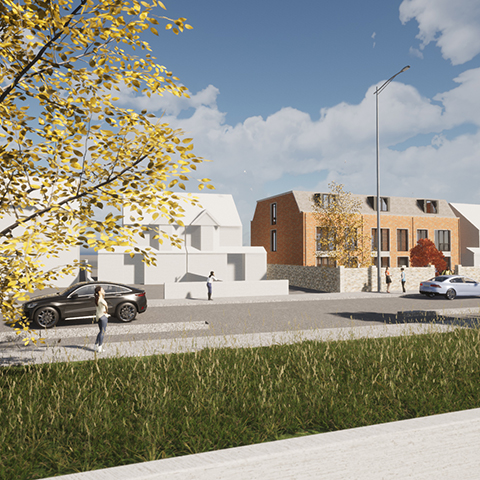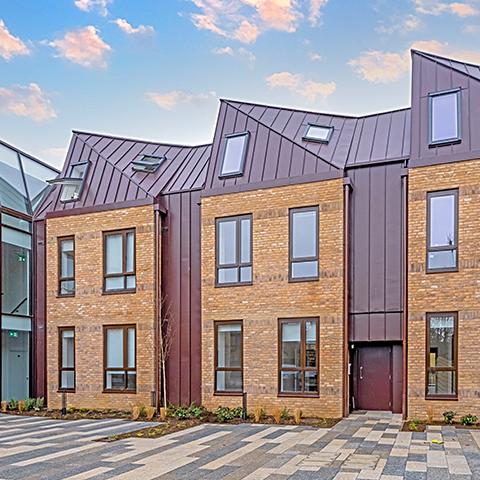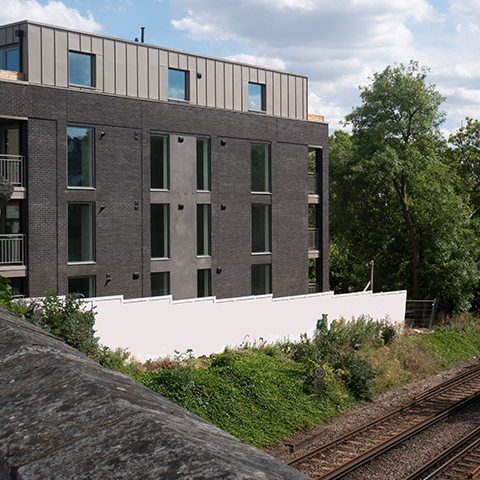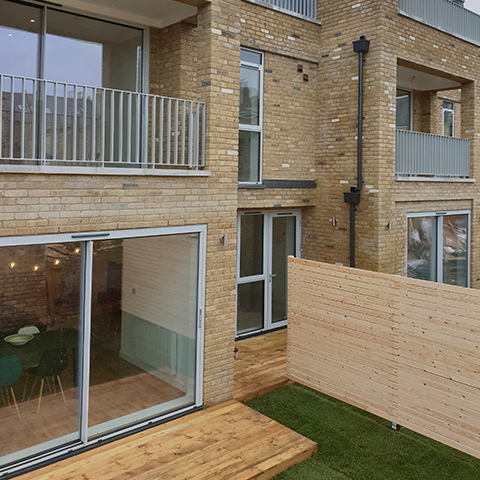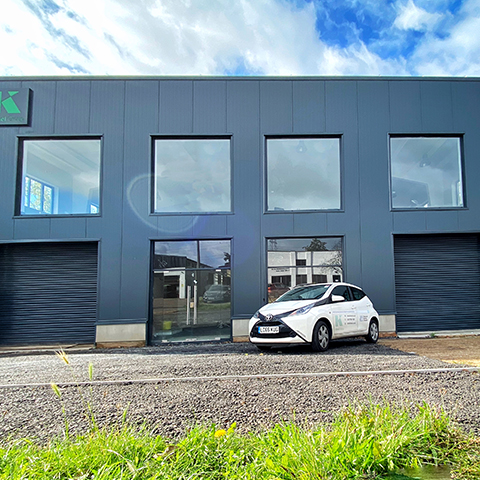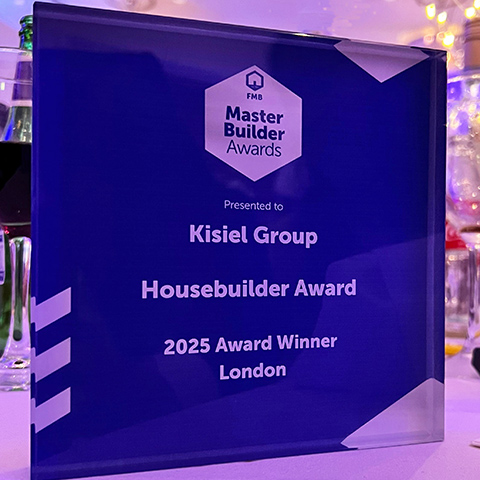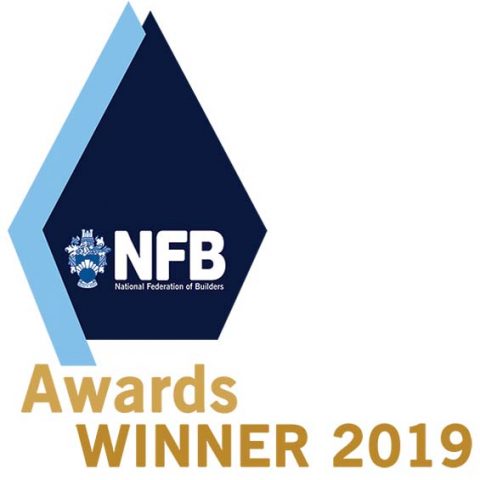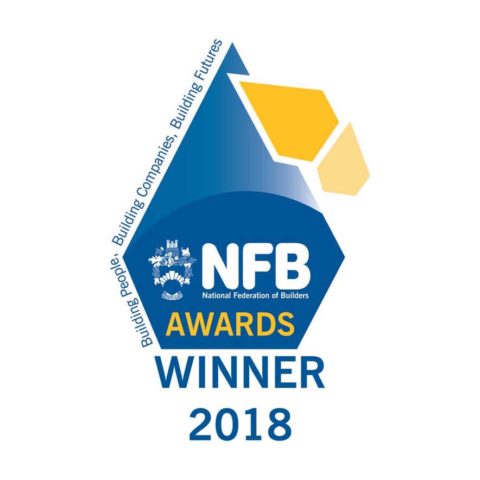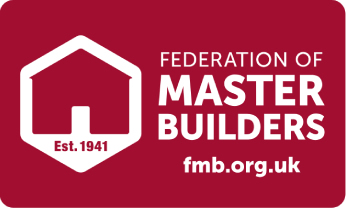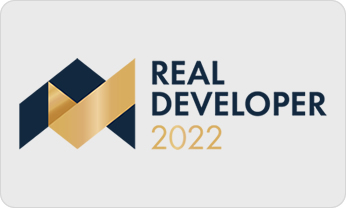What Is Gross Development Value (GDV) And How Does It Work?

Why is Gross Development Value (GDV) important?
The calculation of GDV is vital for two reasons:
- It determines your projected profit levels
- It is a critical metric for investor funding
GDV minus land acquisition and associated costs minus build costs minus fees and transaction costs = PROFIT
How to Calculate Gross Development Value
As it is a central component for your next property development, how do you calculate GDV?
Would you not prefer to be a successful property developer? Of course, you would! So make sure you download the Six Practical And Effective Tips To Make A Success Of Property Development today.
>> EXCLUSIVE <<
You cannot take a crystal ball and see into the future, so you need to base it on research on the price that the units will sell for in the current economic climate, and not when your development is completed.
In order to do your research and give the rationale behind your GDV figures, keeping your finger on the pulse of the local market can be done in a number of ways.
You need to be aware of:
- current prices
- value of similar properties sold recently
- how close your development is to the specification of recent sales i.e. is there an element of your development which is likely to command an additional premium
Getting the opinion of two or three Estate Agents which will give you strong comparable open market prices and enable you to justify your GDV figure.
Here is an example of a proposed development of a block of 9 apartments in London. Having obtained 3 valuations from different Estate Agents, the developer can pitch the average GDV of £3,975,750 when speaking to lenders.
| Estate Agent 1 | Estate Agent 2 | Estate Agent 3 | Average | |
| Selling price per unit |
£ 439,500 | £ 448,000 | £ 437,750 | £ 441,750 |
| GDV – 9 units | £3,955,500 | £4,032,000 | £3,939,750 | £3,975,750 |
If you are proposing to rent the properties on your development project, then you will base your calculations on the achievable rental income from tenants.
Whether you aim for a capital or a rental return, this important valuation metric needs to be as close as possible to the development’s worth on the open market.
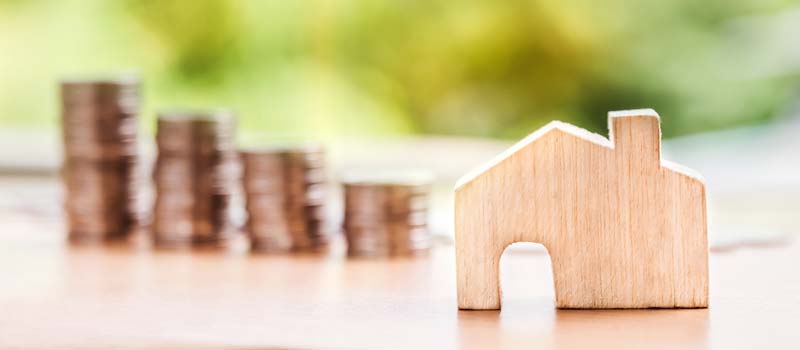
Gross Development Value… a Key Performance Metric
Sorry for the pun but GDV is the foundation on which you build your financial package. So don’t underestimate how important it is for both investor funding and profit calculation as, just like the real foundations of a building – everything else rises or collapses on this assumption.
Have a look at the profile of your prospective buyer. Do your properties have a USP that makes you stand out from other properties that might add value to the purchaser?
- With recent changes in where and how people work, maybe a great well-designed space for working from home might add value.
- With the focus on climate change and net zero carbon targets, this may be more important to buyers when your development is ready to sell. Many environmentally conscious people are now looking more closely at energy efficiency and additional features such as electric charging points.
With all successful property transactions, you need to target your buyer profile and build to meet their expectations.
Investor view of GDV
Getting your property development off the ground requires funding.
An investor will want to see:
- your development appraisal,
- understand your property development experience,
- how successful you have been on managing past developments, and
- your exit strategy.
You have the best chance of acquiring funding if you are accurate with your financial assumptions and don’t inflate the figures. Your lender will undertake due diligence and get their own valuers to check the details of your financial projections in your development appraisal. It is not easy if you are new to property development, but don’t exaggerate your experience as this will also be assessed by their expert team.
Developing an exit strategy is an effective way to reduce risk and to protect your profit. Your exit models can demonstrate the value of GDV at (a) the best result, (b) the most likely result and (c) a trimmed result. Each lender will have a different appetite for risk and showing evidence of achieving GDV on previous projects will support your application.
Who do you approach for funding? The investor who funded your last project may not be the best one for your next development project. Finance brokers will have a larger number of contacts and with their knowledge of current property deals they will be able to source the very best terms which may be better than you can achieve with your own contacts.
Finding a flexible and supportive funding partner will make a successful project development.
